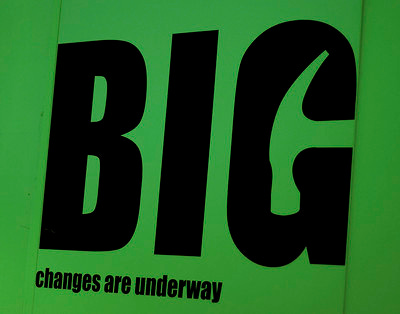#9: CIVICS 101: The Constitution
Q&A #9: How may the Constitution be amended?
Our American Government
Our American Government is a small book published by the House of Representatives for citizens and those who seek a greater understanding of the American interpretation of democracy. It follows a question-and-answer format and covers a broad range of topics dealing with the three branches of our Government, the electoral process, and the role of political parties.
The Savvy Citizen is reproducing the 169 questions-and-answers through a series of posts called Civics 101. Each post will contain the Q&A as well as some additional commentary to add historical context, fun facts, or anything we believe will add to our collective understanding of these topics.
Think of it as your adult Civics class, but without the test!
Let’s keep at it.
SECTION: The Constitution
Q&A #9: How may the Constitution be amended?
Amending the Constitution involves two separate processes.
First, amendments may be proposed on the initiative of Congress (by two-thirds affirmative vote in each House). So far, a convention has never been called.
The second step is ratification of a proposed amendment. At the discretion of Congress, Congress may designate ratification either by the State legislatures or by conventions. Ratification requires approval by three-fourths of the States. Out of the 27 amendments, only one (the 21st, ending Prohibition) has been ratified by State conventions.
The first 10 amendments (ratified 1791) were practically a part of the original instrument. The 11th amendment was ratified in 1795, and the 12th amendment in 1804. Thereafter, no amendment was made to the Constitution for 60 years. Shortly after the Civil War, three amendments were ratified (1865-70), followed by another long interval before the 16th amendment became effective in 1913. The most recent amendment, the 27th, was ratified on May 7, 1992. At the present time, there are four amendments pending before the States that were proposed without ratification deadlines.
My Thoughts
The founders understood that the Constitution may need to modified by future generations, so they established a clear path for doing so. They placed a high bar on the process to ensure the overwhelming majority of the country would be in agreement before making a permanent change to our governing charter. But, it works, as has been demonstrated 27 times.
The amendment process plays a central role in the judiciary as well. When judges interpret the Constitution according to the “times,” as opposed to its "original intent,” they effectively amend it by judicial fiat. That’s cheating. Doing it the right way is hard work, and, history shows us, that more often than not we don’t really want to do the work. And, with cooperative judges, why make the effort?
—
Back tomorrow with Q&A #10: How long may a proposed amendment to the Constitution remain outstanding and open to ratification?
Meanwhile, don’t forget that we’re organizing the post links on a single page available here.
xo,
Kelley for the Savvy Citizen Team
October 17, 2024






